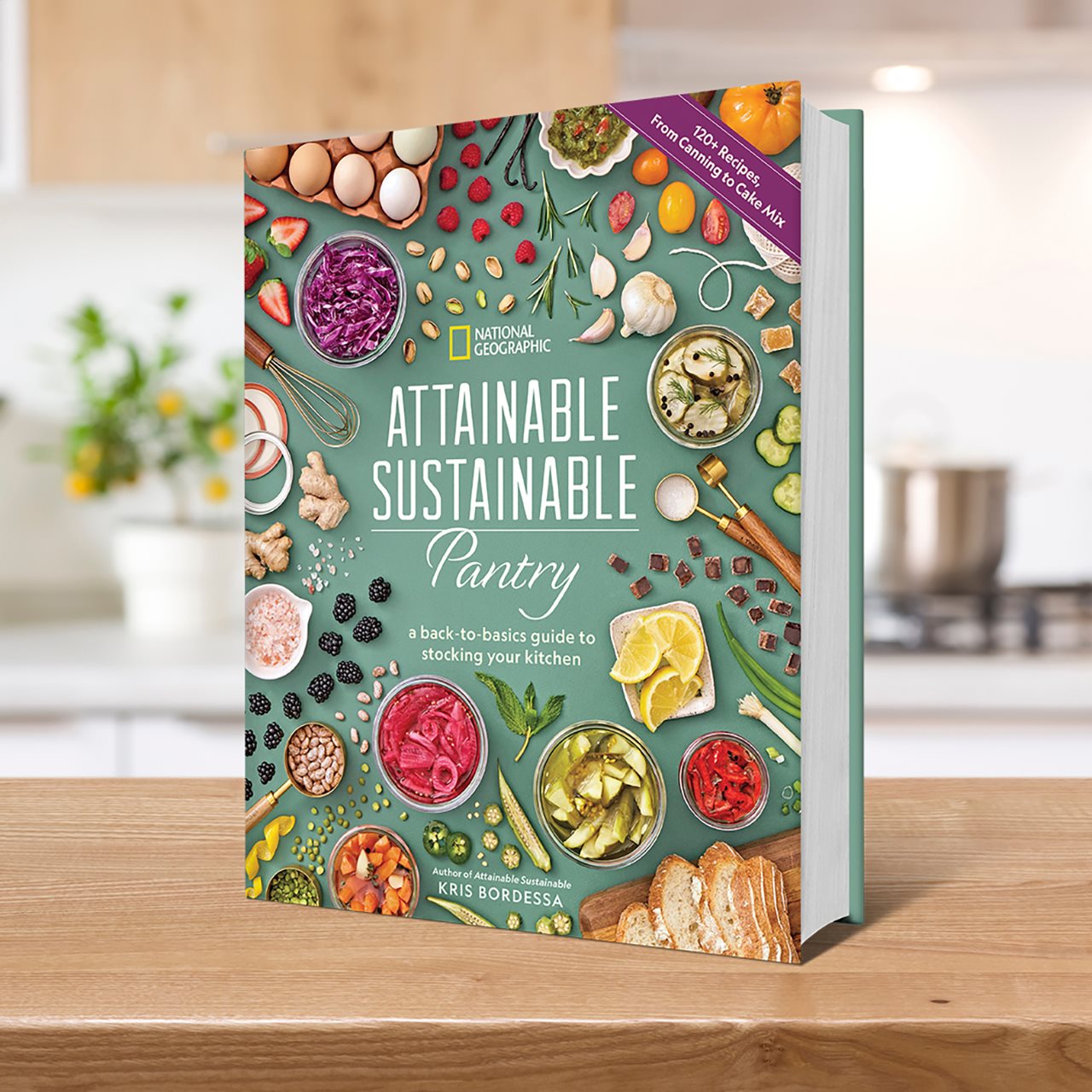How going homemade preserves time, money and health
Posted: February 01, 2025 | Word Count: 607

With the cost of food on everyone's minds (from social media to campaign promises), we're all searching for ways to ease the hit to our wallets while still doing our best to provide wholesome food to our families. Maybe you want to reduce your intake of processed, packaged, pricey items by making yummy food yourself, but you worry that it will cost more in time and money. Here are a few reasons why being sustainable pays off.
1. Homemade Saves
"There's always a trade-off when we lean on packaged foods to keep our pantry full," says Kris Bordessa, author of National Geographic's Attainable Sustainable Pantry. When you can make multiple loaves of homemade bread from one $4 bag of flour instead of spending $3 or more on a single loaf of sliced bread, the cost of shortcuts becomes evident. Learn to make some things on your own, and the savings add up when you consider your entire pantry.
2. Move Away From Processed Foods
Not only do pre-prepared or packaged foods cost more, but they are also engineered to make us eat more. Packed with sugar, salt, and fats, they add calories as well as preservatives, artificial flavorings, and food coloring to our daily meals. When you fill your kitchen with homemade staples, you control the ingredients: less sugar, less salt, healthier fats (like olive oil instead of shortening). You can source local produce, select organic ingredients, and generate less plastic waste, all at the same time.
3. Learn to Save for Later
Processed foods are designed for quick cooking and consumption, but there's value for your health and pocketbook in learning how to preserve the food you make. As we've all seen over the last several years, we never know what will come along and interrupt the usual flow of life. In short, stocking up makes good sense. From rising food costs to another global pandemic, when you know how to prepare homemade basics and freeze, can, pickle, and dry your goodies for later, you will be prepared for whatever comes.
4. Up-Front Effort Pays
Sure, making your own bread or yogurt takes time. No one can deny that ready-made is quick and easy. Each time you set aside an afternoon to make a recipe or two for the pantry, you're giving yourself several easier days in the future. A pantry and freezer well stocked with homemade goodness nearly matches processed food for ease — and way outshines it for the health of your family.
5. Take It Slow and Steady
Bordessa's most important piece of advice is to ease into these changes gradually. Determine just one convenience item you'd like to replace with a homemade version. When that feels easy enough, add another. You're not going to unlearn a lifetime of habits in a few short weeks, but you can create new habits over time.
Bonus Suggestion: Start With Salad Dressing
Ready to get started? Here's an easy first step: salad dressing. The expense of prepared dressings coupled with the waste of the plastic bottle convinced Bordessa to embrace homemade. Here's her tried-and-true vinaigrette, which can be enhanced with the addition of lemon juice, crushed garlic, or crumbled blue cheese:
Creamy Vinaigrette
Yield: 1 cup
3/4 cup olive oil
1/4 cup red or white wine vinegar
2 teaspoons Dijon mustard
1/4 teaspoon salt
1/4 teaspoon pepper
Combine all ingredients in an airtight jar, and shake until combined. Store in the refrigerator for up to a week.
For a complete guide to stocking a homemade pantry, check out National Geographic author Kris Bordessa's easy-to-follow steps in Attainable Sustainable Pantry: A Back-to-Basics Guide to Stocking Your Kitchen, publishing March 4. Pre-order now wherever books are sold.

Includes Multiple Photos


